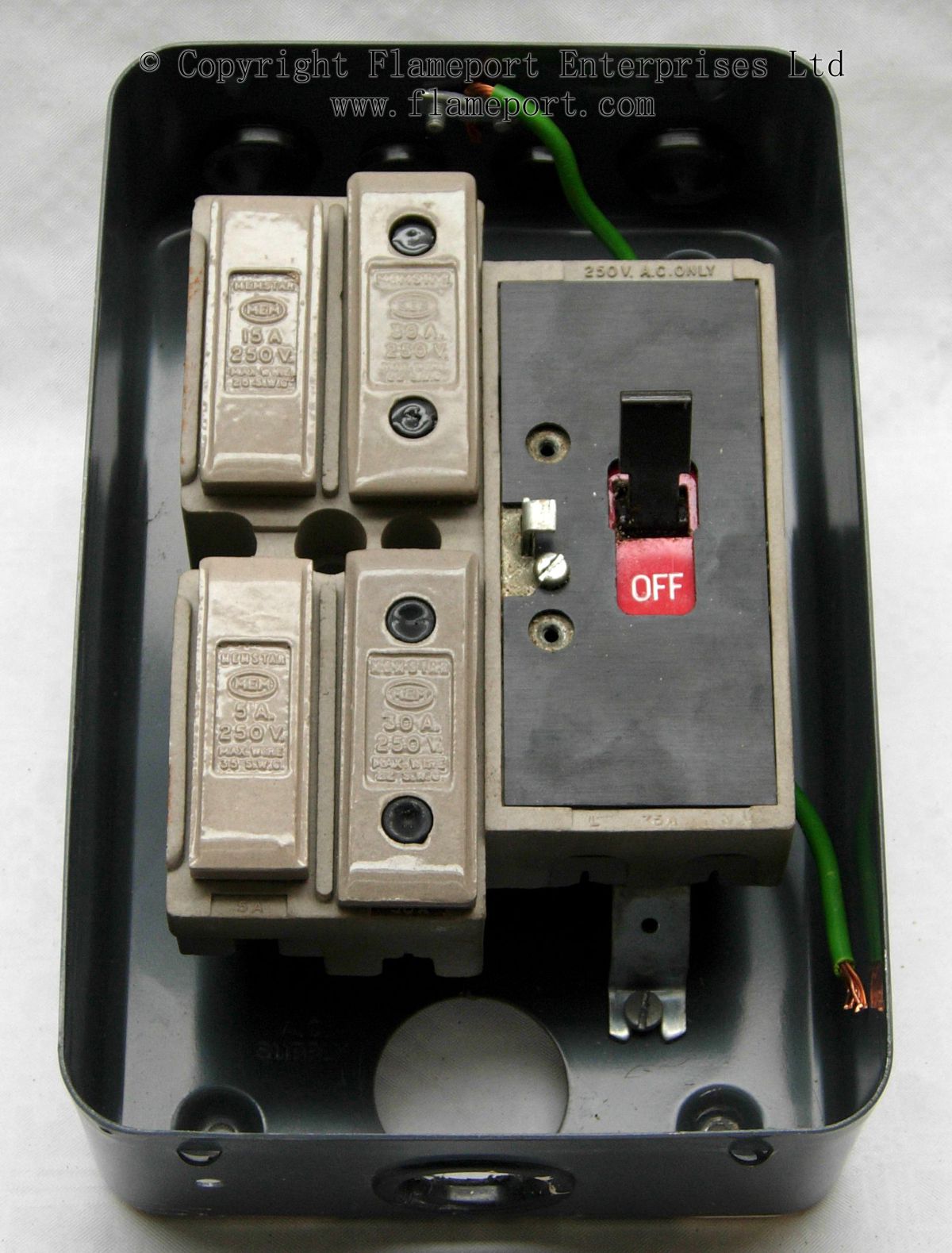Todays little gem...
Customer reported a light not switching off and requires a new switch, it was within 200yds of home so the job became mine.
The elderly Crabtree switch felt fine, not the classic dubious feel when a contact welds together. I switched the power off, removed the 4BA screws and cut round the multiple layers of paint. the switch moved from the wall and chunks of dried out rubber insulation fell out. The 1/0.044 twin rubber/rubber was way beyond Sunrays kiss of life.
I told them I wasn't prepared to switch the grey metal MEM box back on as all of the cable was of the same format,
one of these:

and informed the company asking me to do the 'just job'.
Heck I felt sorry for the young couple with a toddler (not a rental property), first time I've walked away from a job for a long time.
Customer reported a light not switching off and requires a new switch, it was within 200yds of home so the job became mine.
The elderly Crabtree switch felt fine, not the classic dubious feel when a contact welds together. I switched the power off, removed the 4BA screws and cut round the multiple layers of paint. the switch moved from the wall and chunks of dried out rubber insulation fell out. The 1/0.044 twin rubber/rubber was way beyond Sunrays kiss of life.
I told them I wasn't prepared to switch the grey metal MEM box back on as all of the cable was of the same format,
one of these:

and informed the company asking me to do the 'just job'.
Heck I felt sorry for the young couple with a toddler (not a rental property), first time I've walked away from a job for a long time.

